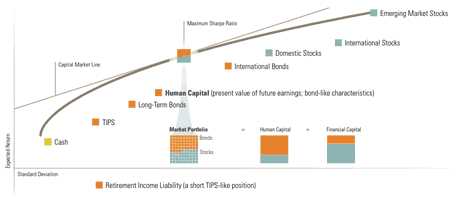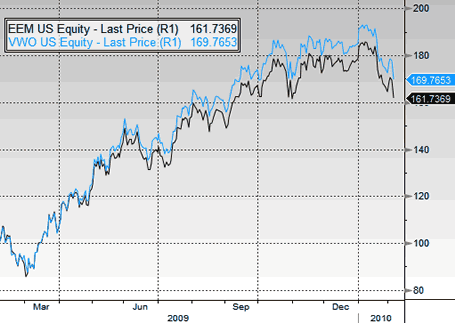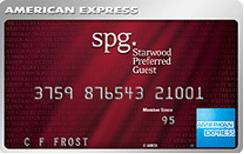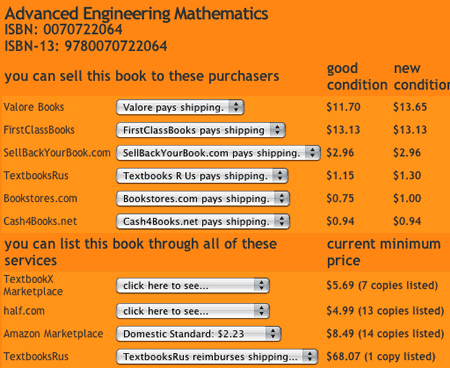 Walletpop had a good article last week about cheap major league baseball tickets being available on StubHub.com. The season hasn’t started yet, so planning ahead and grabbing $2-$10 tickets can make for some reasonably cheap fun. I also found an upgrade to some nice box seats for only $40.
Walletpop had a good article last week about cheap major league baseball tickets being available on StubHub.com. The season hasn’t started yet, so planning ahead and grabbing $2-$10 tickets can make for some reasonably cheap fun. I also found an upgrade to some nice box seats for only $40.
Stubhub’s service fee equals 10% of the full price of all the tickets in your order ($5 minimum per order), and there is also a $4.95 delivery fee (per order). Yes, it’s a bunch of fees, but just look at the total price and you can still find some deals. I’d like to see all the baseball stadiums someday, although I’m falling behind as the Astrodome and old Yankee Stadium have already been replaced! Fenway Park is my current favorite, although Wrigley Field is the next one I most want to visit.



 If you’re like me, you’re vaguely aware that you can get some sort of additional warranty coverage from your credit card, but not interested enough to carefully read those little brochures with the tiny print that come in the mail. Today a fellow named Joe sent me a story about his broken Roomba which describes his experience with American Express when his beloved vacuum broke after 18 months, which was 6 months past the manufacturer’s 1-year warranty. It’s a bit long-winded, but in the end AmEx did refund his original $300 purchase price. After reading it and doing some other hunting around, here’s a summary of the American Express Extended Warrant feature:
If you’re like me, you’re vaguely aware that you can get some sort of additional warranty coverage from your credit card, but not interested enough to carefully read those little brochures with the tiny print that come in the mail. Today a fellow named Joe sent me a story about his broken Roomba which describes his experience with American Express when his beloved vacuum broke after 18 months, which was 6 months past the manufacturer’s 1-year warranty. It’s a bit long-winded, but in the end AmEx did refund his original $300 purchase price. After reading it and doing some other hunting around, here’s a summary of the American Express Extended Warrant feature: Starwood Preferred Guest Credit Card from American Express
Starwood Preferred Guest Credit Card from American Express
 Online broker OptionsXpress is offering new customers a $100 bonus if they open an account with at least $500 and make 3 trades. You can also transfer in at least $500 of securities from another broker.
Online broker OptionsXpress is offering new customers a $100 bonus if they open an account with at least $500 and make 3 trades. You can also transfer in at least $500 of securities from another broker.
 In addition to their new
In addition to their new 
 The Best Credit Card Bonus Offers – May 2024
The Best Credit Card Bonus Offers – May 2024 Big List of Free Stocks from Brokerage Apps
Big List of Free Stocks from Brokerage Apps Best Interest Rates on Cash - May 2024
Best Interest Rates on Cash - May 2024 Free Credit Scores x 3 + Free Credit Monitoring
Free Credit Scores x 3 + Free Credit Monitoring Best No Fee 0% APR Balance Transfer Offers
Best No Fee 0% APR Balance Transfer Offers Little-Known Cellular Data Plans That Can Save Big Money
Little-Known Cellular Data Plans That Can Save Big Money How To Haggle Your Cable or Direct TV Bill
How To Haggle Your Cable or Direct TV Bill Big List of Free Consumer Data Reports (Credit, Rent, Work)
Big List of Free Consumer Data Reports (Credit, Rent, Work)